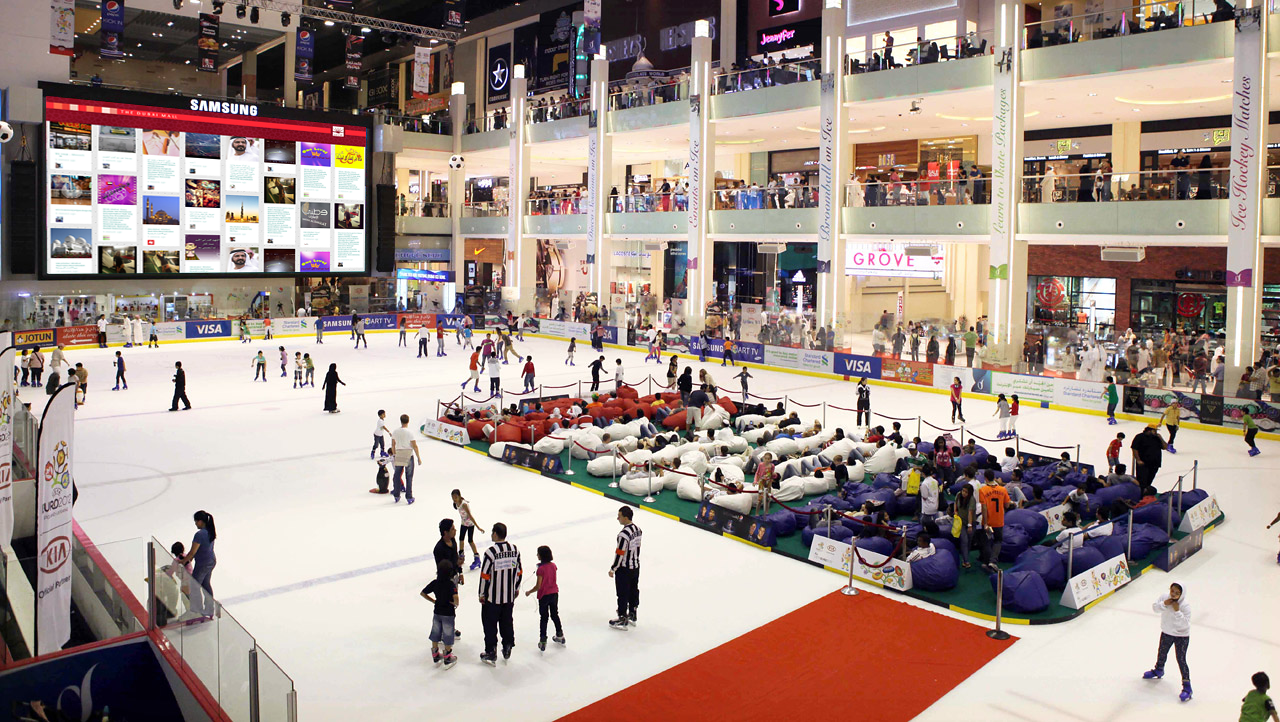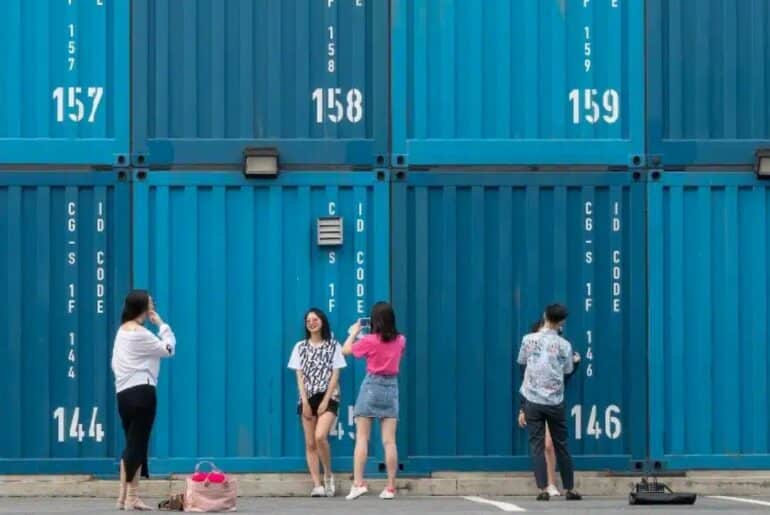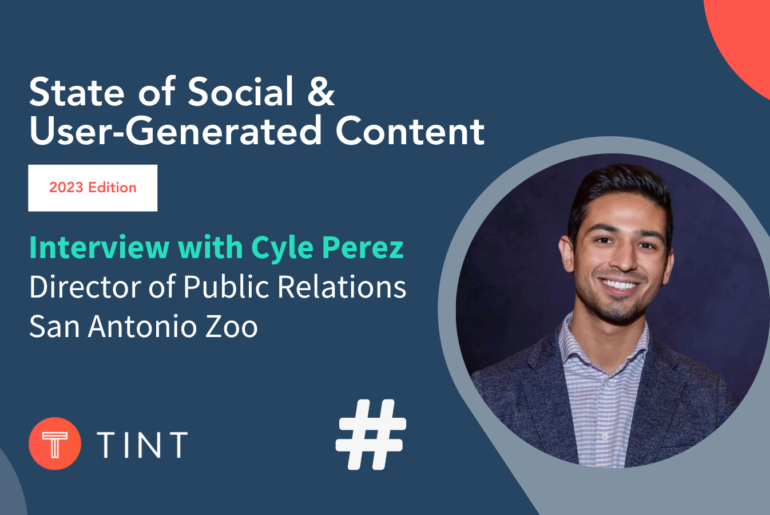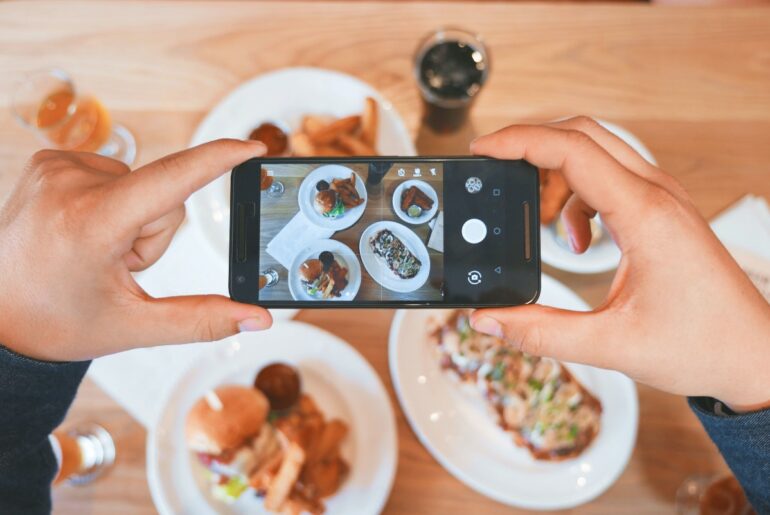In the Middle East, even more so than any other region in the world, going to the mall is a social experience. While malls there have seen a slowdown in recent years, due to the continual rise of online shopping, the drop has not been as drastic as the likes of Europe and the U.S.
One of the biggest factors preventing e-commerce from taking over is the Middle East’s “mall culture.” Families do not go to malls simply to shop; they go there to eat, watch movies and even ice skate or ski! The mall is a social hub, and pioneering retailers in the region are capitalizing on the excitement that visitors feel and are leveraging it through user-generated content (UGC) to spread the word in ways that brands cannot do by themselves.
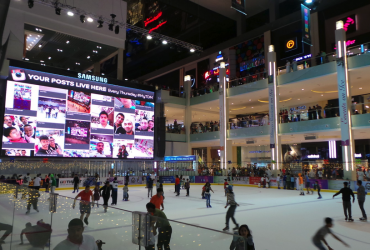
(The Dubai Mall, displaying users posts with #MyDM)
Why is UGC important?
User-generated content is one of the hottest topics in content marketing at the moment. Utilizing UGC in the right way gives your marketing function access to the most powerful tool it never knew it had: your customers.
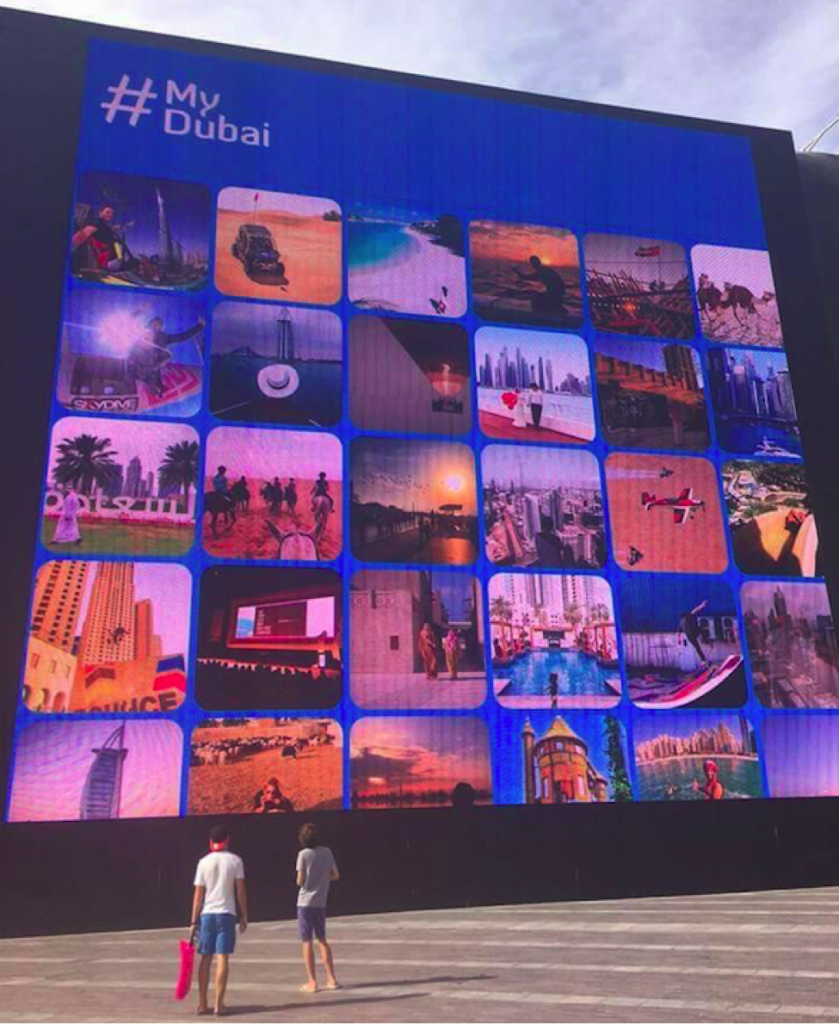
(The Dubai Mall, showcasing UGC on the big screen by the outdoor fountains)
#1: Crowdsourcing Marketing
Your customers will have more success marketing your product than you ever could. It doesn’t matter if you have 20 years of experience or a 20-member social media marketing team, there is no way to compete with the reach that your customers have.
Retail brands have been active on social media for over 10 years, but it is only in recent years that they have realized that getting customers to talk about them is more powerful than having marketers talking at them. Innovative retailers are now making it easier for customers to willingly create content for their brands by incentivising them to use certain hashtags and displaying their social posts on websites or in-store screens.
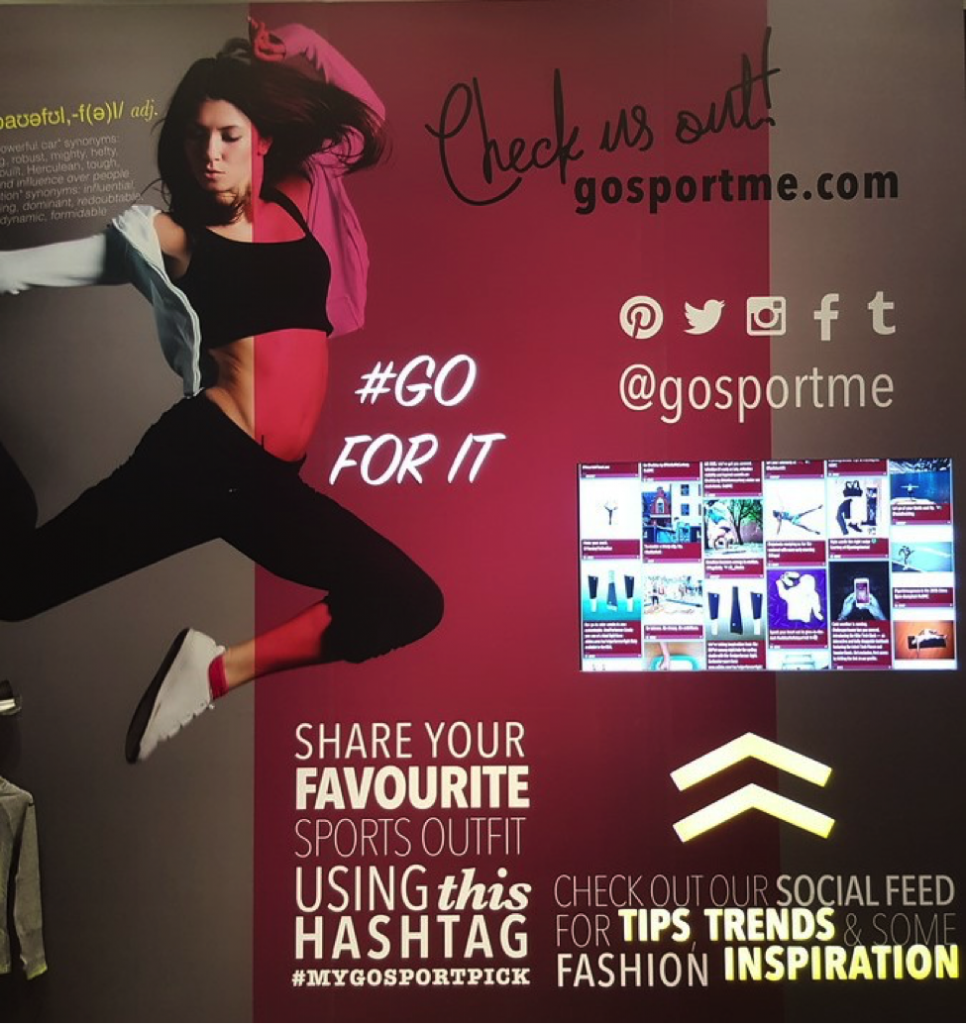
(GO Sport Me, displaying customers’ favorite outfits in its stores)
Shoppers are now discovering new stores and live events / activations through social media. They are more interested in hearing what their friends and peers have to say than what some marketing team — paid spokespeople — have to say about these things. If the hashtag for an activation in Mall of the Emirates (MOE) is trending on Twitter, you can expect that people are going to want to know what all the fuss is about and will get themselves down to the store to see firsthand.
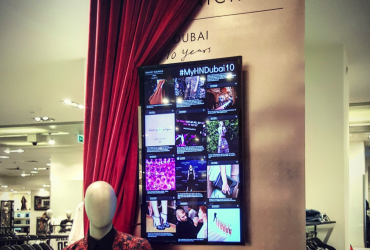
(Harvey Nichols at MOE, celebrating 10 years with their customers’ experiences)
Your shoppers are now your marketers, whether you like it or not. They are already talking about your products online. Are you regulating it? Are you pushing them to talk about your brand in a way that works for you?
#2: Interactive Advertising
We’ve all heard the stats about how many ads the average consumer sees on a daily basis. In reality, however, these numbers seem to go over our heads in the very same way that the ads they are talking about do, as advertisers continue to bombard us with quantity over quality.
Compared to Europe and the U.S., advertising practices in the Middle East are a little slower in adapting to evolving consumer behavior. I recently spoke with a marketing executive in Dubai, who was still spending the majority of his budget on print advertising! However, some retail brands in the region are innovating by getting their customers involved with their advertising through the use of hashtags, in what is called “Social Out Of Home” (SOOH).
Think of it this way: Let’s imagine that in your mall or store, a digital advertising screen plays a video ad, and 1,000 people walk past that screen in one hour. That mean 1,000 people are exposed to the ad, and your ROI is 1,000 impressions.
Now, what if you were to incorporate dynamic user-generated content through a hashtag and mix that UGC within the same video ad? Let’s say that the same 1,000 people walk past, and 100 of them post a photo to their social media accounts using the brand’s hashtag. That would mean instead of having only 1,000 impressions, the ad has now generated 50,000, assuming that each of the hashtag users has about 500 followers (100 posts x 500 followers = 50,000 impressions). In summary:
- Traditional method —> 0 social leads, 1,000 impressions
- SOOH method —> 100 social leads, 50,000 impressions
Check out the video below for a great example from New York City of the SOOH method in action.
(Fulton Center NYC, SOOH in practice with Rolex, J. Crew, L’Oréal, etc.)
If that advertising campaign was for your own retail brand, great! The SOOH method generated an extra 49,000 impressions, and you have 100 social leads to follow up on. If that campaign was for a sponsor, imagine how much more you could increase the sale price when you can prove ROI in terms of social reach?!
Conclusion
There is a consistent theme with the two points above. Customers are already talking about your brand online, and they are going to continue to do so. Of course, you’re never going to get them to promise to adhere to your brand guidelines, but what you can do is encourage them to talk positively about your brand and use your preferred messaging through hashtags.
Are you on top of UGC for your retail or mall brand? Schedule time to chat with a TINT retail UGC expert.

